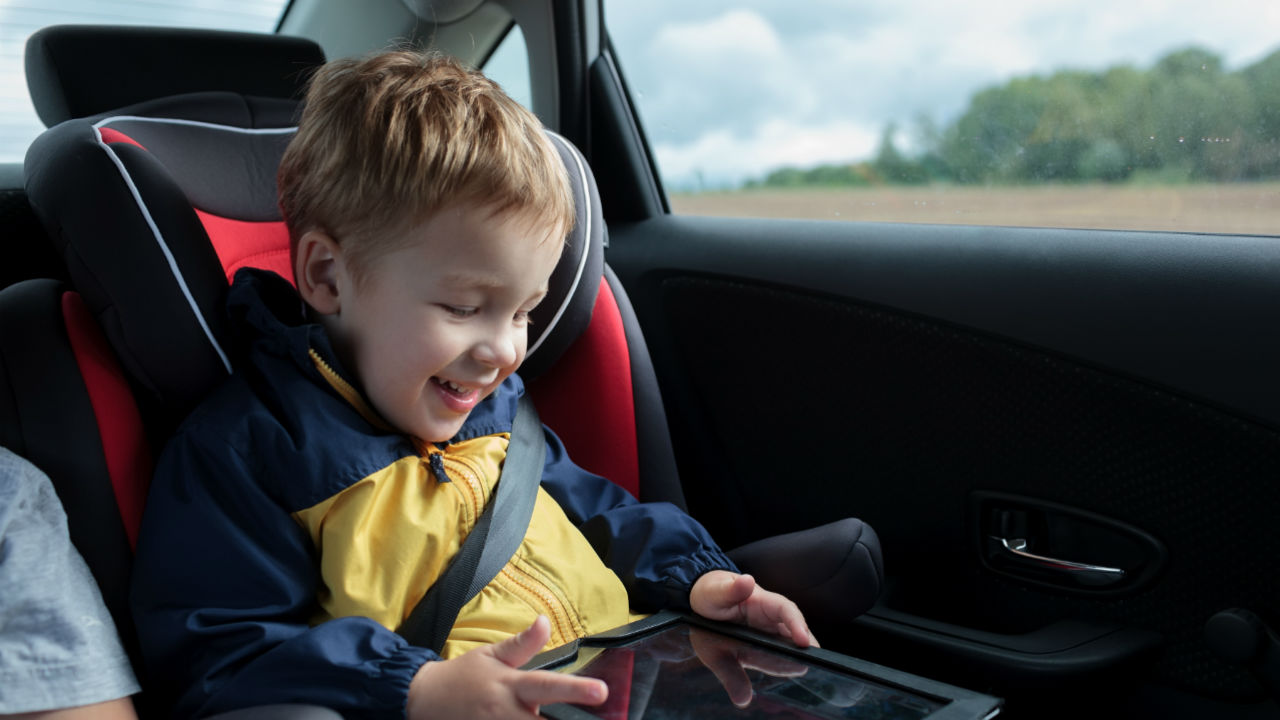 David Wasserman/PhotoSpin
David Wasserman/PhotoSpin
Car seats and booster seats are excellent tools to help keep children safe in the car, as long as they are used correctly. Infants, toddlers and children should be safely restrained whenever they are in a moving vehicle.
According to the U.S. Centers for Disease Control and Prevention (CDC), motor vehicle accidents are one of the leading causes of death for children. In 2010, more than 1,200 children under age 15 died in motor vehicle crashes. Approximately 171,000 additional children were injured.
Another CDC study showed that in one year, more than 618,000 children under age 13 rode in a moving vehicle without being restrained at least part of the time.
The simple solution to reduce this risk is using age- and size-appropriate car seats and booster seats whenever children are in a vehicle. In addition to keeping children as safe as possible, making sure children are buckled in every time you travel will help them build the healthy habit of buckling up once they are old enough to do it themselves.
Check out the CDC guidelines, then make your best choice based on the height and weight of your child:
• Rear-facing car seat
Children from birth to age two are best protected in a rear-facing car seat placed in the center of the back seat. Never place this kind of seat in the front seat. Check the owner’s manual for instructions to buckle the child into the harness, and for height and weight limits.
• Forward-facing car seat
Children typically “graduate” into this kind of seat around age two, when their height and weight exceed the limits of the rear-facing seat. This seat should also be placed in the back seat. Children should be buckled in using the seat’s harness. Check the owner’s manual for height and weight limits.
• Booster seat
Most children outgrow their forward facing seat around age five, but this should be determined by the child’s height and weight, not by age. The booster seat allows the child to use the car’s standard seat belt in a safe way so the belt lands across the chest, not across the neck.
• Seat belt
Children can stop using the booster seat when the car seat belt fits correctly. This means the lap belt lays across the upper thighs, not on the stomach, and the shoulder belt rests on the chest, not across the neck. Most vehicle manufacturers recommend a passenger be at least 57 inches tall to correctly fit in the seat belt.
All children age 12 and under should ride in the backseat and if possible, in the center of the back seat.
If you are in a car accident, you may wonder if you need to replace your child’s car seat. According to the National Highway Traffic Safety Administration (NHTSA) child safety seats should be replaced if the vehicle was in a moderate or severe crash. However, the NHTSA says safety seats do not necessarily need to be replaced following a minor crash.
If you were in a crash and all of these statements were TRUE, your child’s car seat should still be safe:
• The car was able to be driven away from the crash site.
• The vehicle door closest to the car seat was undamaged.
• Everyone in the car was fine after the crash – no one was hurt.
• The airbags did NOT deploy.
• The car safety seat had no visible damage.
If you believe you need to replace your child’s safety seat, be sure your child remains safe in the car by not allowing him or her to ride unrestrained until a new seat can be purchased.
Make buckling up a healthy habit for yourself and all the members of your family.
Sources:
Centers for Disease Control and Prevention. Child Passenger Safety. Web. January 14, 2014.
http://www.cdc.gov/motorvehiclesafety/Child_Passenger_Safety/index.html
Centers for Disease Control and Prevention. Child Passenger Safety: Fact Sheet. Web. January 14, 2014.
http://www.cdc.gov/motorvehiclesafety/child_passenger_safety/cps-factshe...
National Highway Transportation Safety Administration. Child Restraint Re-use After Minor Crashes. Web. January 14, 2014.
http://www.nhtsa.gov/people/injury/childps/childrestraints/reuse/restrai...
Reviewed January 15, 2014
by Michele Blacksberg RN
Edited by Jody Smith





Add a CommentComments
There are no comments yet. Be the first one and get the conversation started!